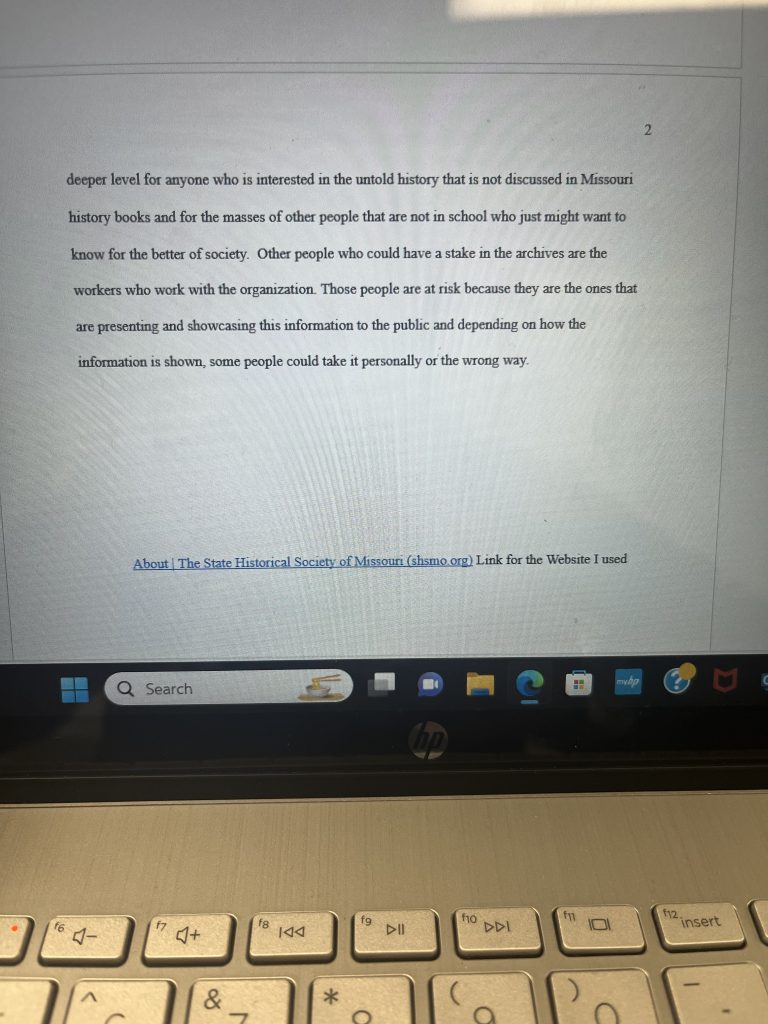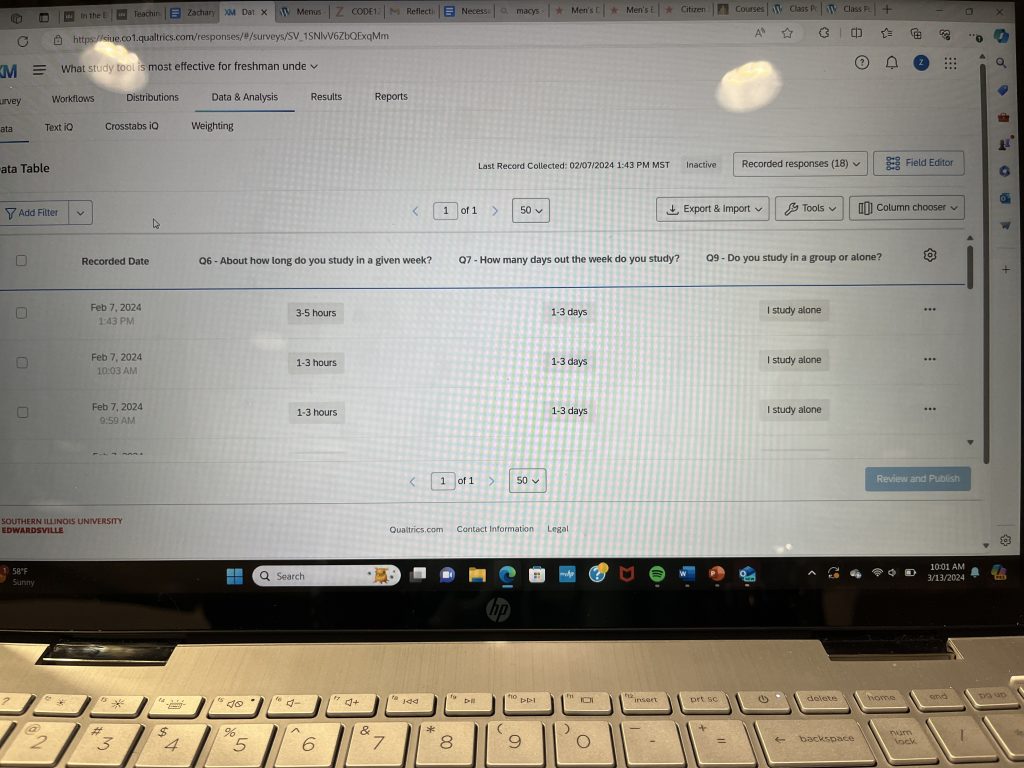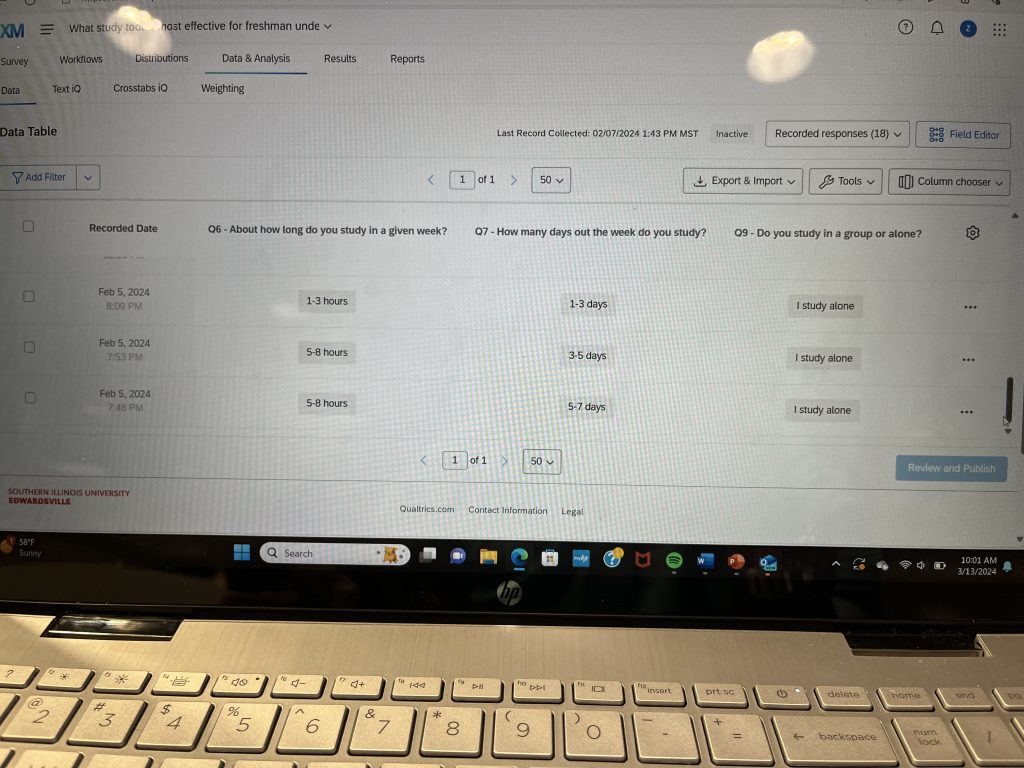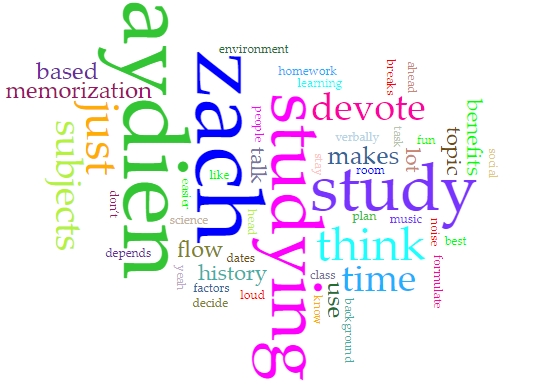Introduction
Second Semester in CODES 123 has taught me about different research methods and how to go use them not only in CODES but also for after college and beyond into my career. One of the biggest research methods I found effective was the ethnography. The reason why I love this one so much is because you can blend in with society and the environment around you and watch how people behave and react to situations with them not really knowing that you’re observing the space around them. People do ethnographies all the time without you realizing which makes it such a unique research method compared to surveys and other forms of research. I feel like I have reached my third and fourth goal and still need to work on my first, second and fifth goal before the semester is done.
1a) Demonstrates ability and commitment to collaboratively work across and within (15%) community contexts and structures. I have yet to reach this goal yet.
3b) Recognizes multilayered ethical issues and the cross-relationships among them (10%). In other words, this means I would like to be able to make a point or give information and be able to spot any similarities or even differences across multiple topics and see how they coincide with one another. I’ll include any text or documents that will demonstrate this. I have yet to reach this goal but will by end of semester.
Below I took some notes on an article that we read before class covering the topics of Data Visualization/ Data Cleaning and how people use data viz and cleaning when conducting research and surveys among a population of people. This is important because it gives an idea and insight on key details to take into consideration with our work at MOBOT in uncovering the history of enslavement. Not only having words and documentations but also having visual aid representation and color coding can change the perspective of data and not just have words. There is much ambiguity to cover in working with MOBOT but having data and making graphs can help express that ambiguity to draw some connections as to why things happened the way they did.

11.a:Evaluates texts’ scholarly significance to apply reading to other context or issues(40 %). It could be evaluating a particular part in our research group and making note of what we have read that can connect to issues of race and identity outside of just school. This skill is important because making connections is key and if it’s good or bad, you can relate a situation to something that was discussed in class and how you or any information you found could relate to that topic.
As shown below, this was the reflection I did based on the article I had chosen which was The State Historical Society of Missouri and when reading this article, it goes into detail about how the SHSM uses similar techniques of showcasing and telling the public about the history of slavery, Similar as to how the Missouri Botanical Garden showcases and portrays slavery. In this text that I wrote my reflection on goes into dept about the archive of the SHSM and how it serves a purpose to show and educate the public on a deeper level for anyone who is interested in the untold history that is not discussed in Missouri history books and for the masses of other people that are not in school who just might want to know for the better of society.


10c) Uses quantitative information to support arguments and draw logical conclusions. (20%) My goal for this outcome is to take data or information throughout this semester and use it to back up arguments on why something is the way it is or why I believe something should be different based on the topic at hand.
Our group did a Qualtrics survey as a way to range how long people study and how many days a week they study and if they study alone or in a group. When going through our results we found that at least 90% of people study alone and most people study 1-3 days out the week.


5.a: Defines the scope of research questions effectively and selects information cogently to address them (15%). My goal for this outcome is to make sure that all the research I do for my projects and have sufficient evidence to be backed up. I’ll have those brainstorming documents in my e portfolio to show my progression. They will show my evidence that links clearly and directly to the argument that I will be proposing.

